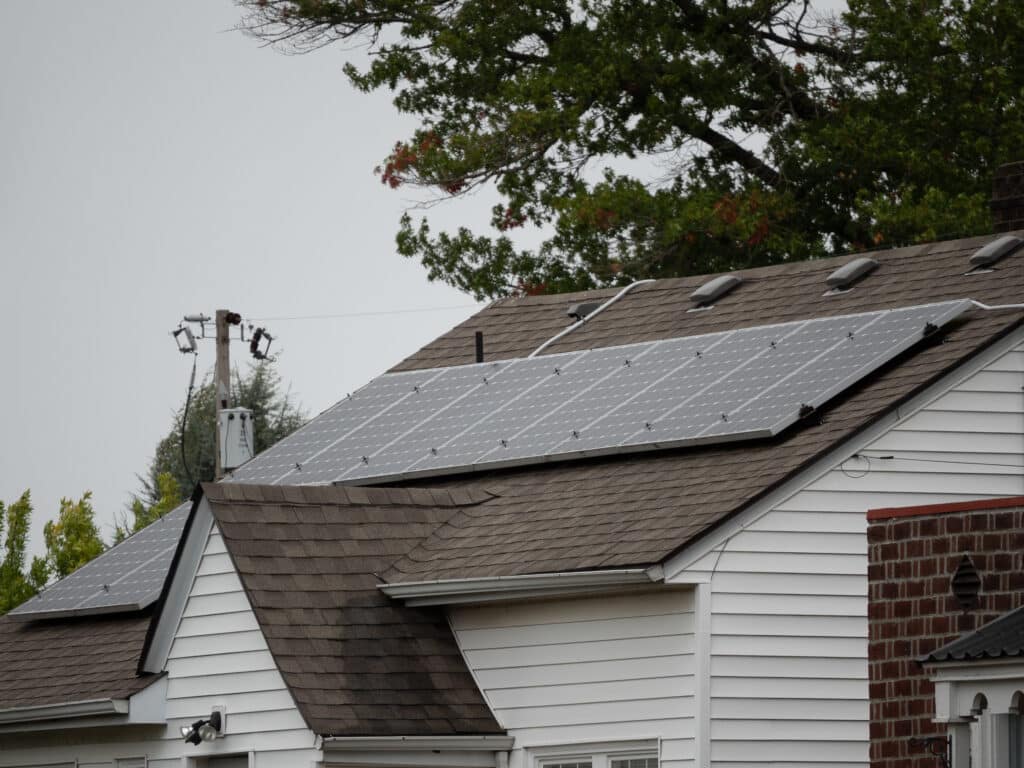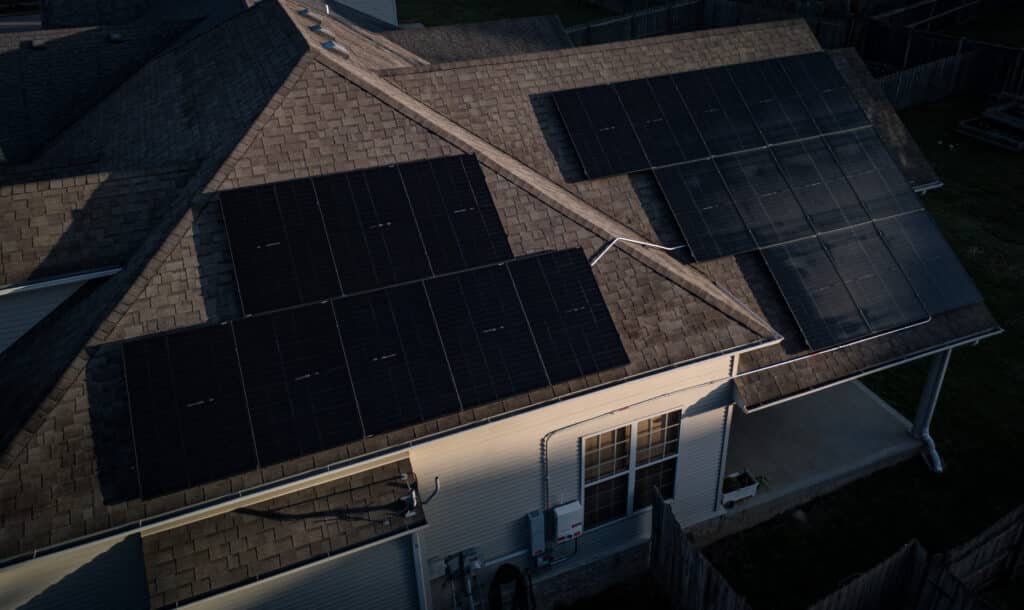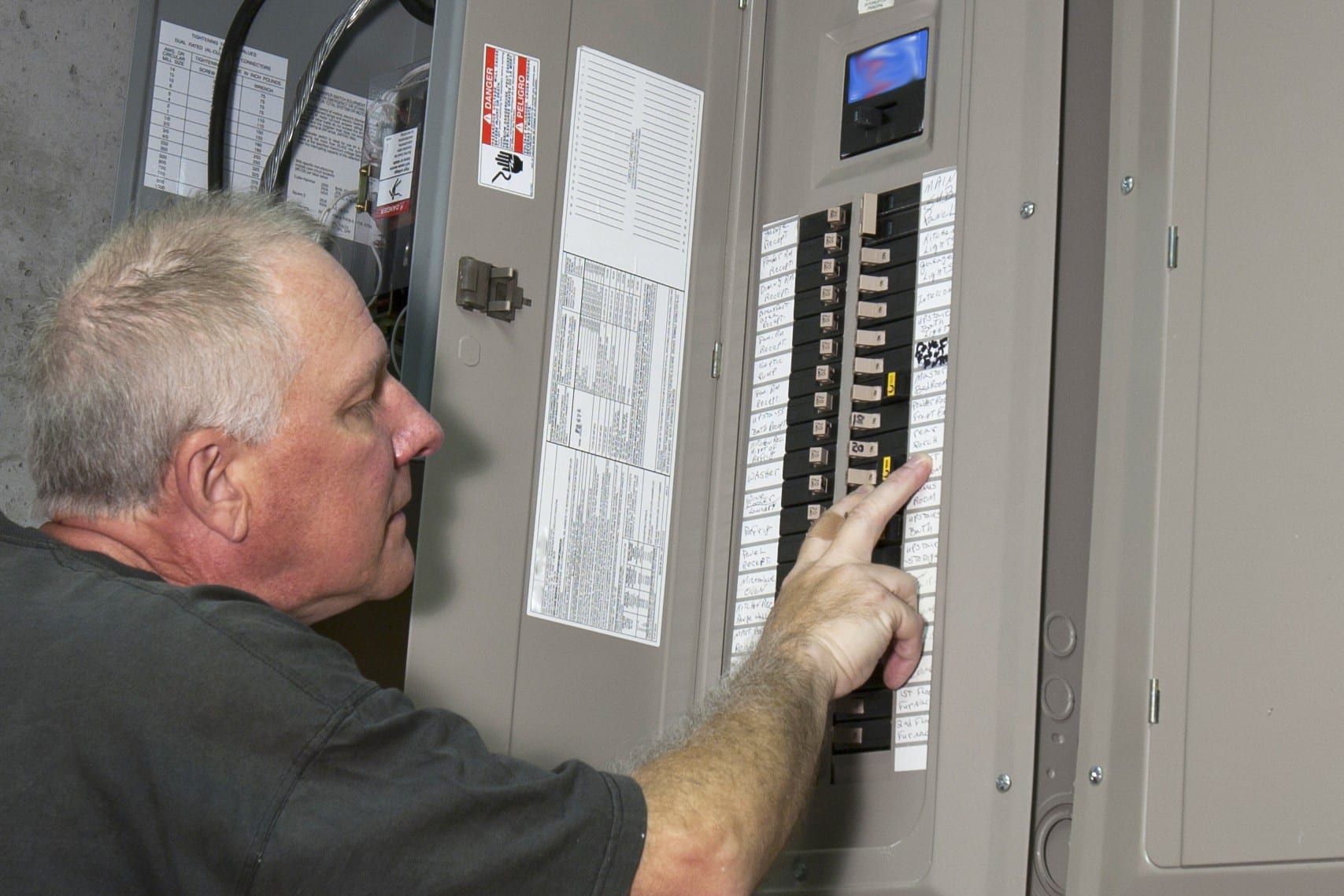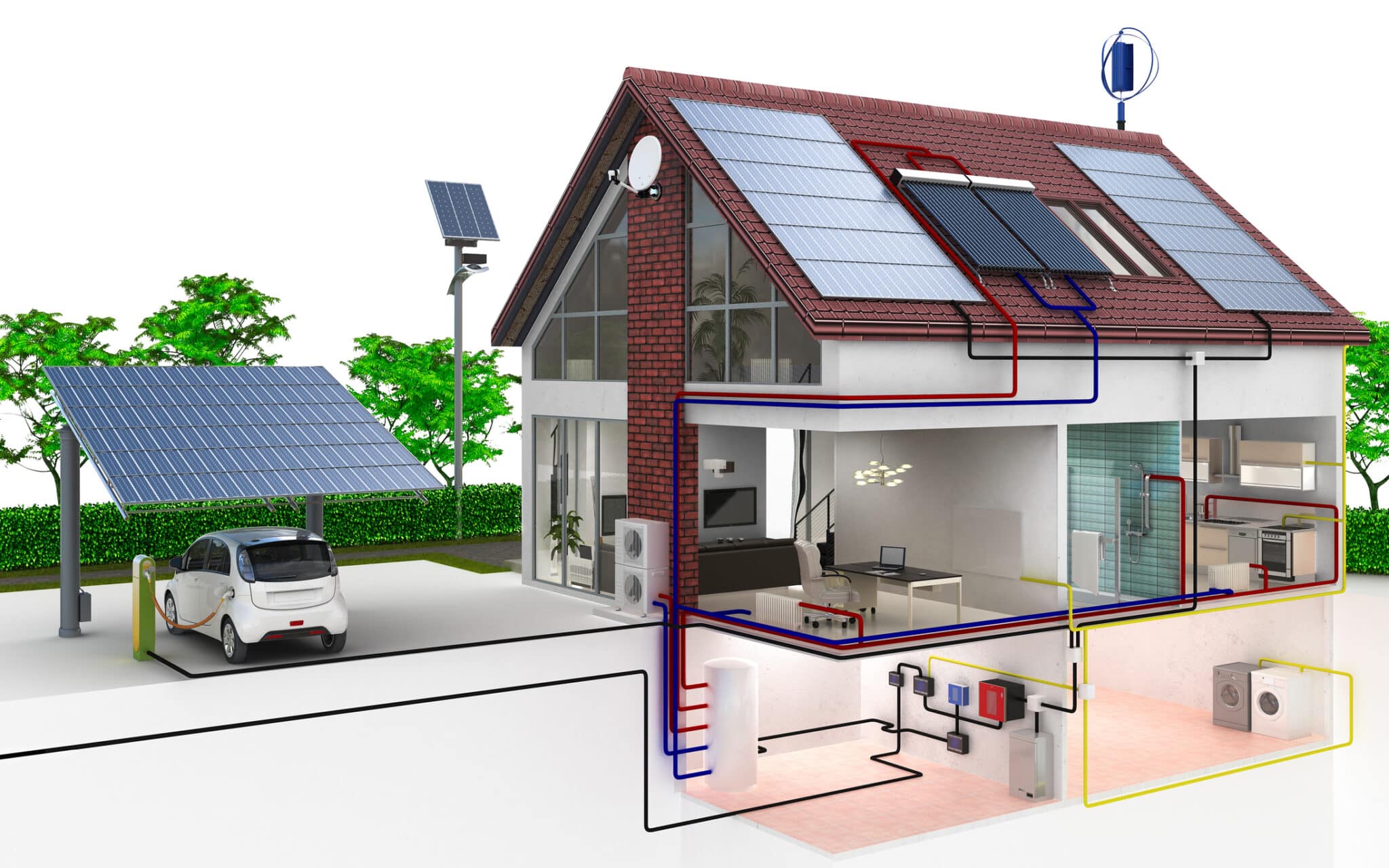
Residential Solar Power: Harnessing Clean Energy at Home
In Southlake, TX, and surrounding areas like Grapevine, the shift towards sustainable living is more than just a trend, it’s a lifestyle. Many homeowners are now exploring the benefits of residential solar power, recognizing its potential to not only reduce utility bills but also to contribute to a healthier planet. This renewable energy source has gained traction for its efficiency and reliability, making it an attractive option for those looking to decrease their carbon footprint. As we delve into the world of residential solar power, it’s essential to understand what makes it a smart choice for modern living.
The initial cost of installing a residential solar power system may seem daunting to some. However, the long-term savings on energy bills can be substantial. Homeowners in Grapevine have reported noticeable decreases in their monthly expenses, highlighting the financial benefits of making the switch. Moreover, federal and state incentives available for solar energy adoption further reduce the overall cost, making it a financially savvy decision for many.
Environmental impact is another significant consideration for homeowners thinking about residential solar power. By harnessing the sun’s clean and abundant energy, we can significantly reduce reliance on fossil fuels, thereby lowering greenhouse gas emissions. This shift not only benefits the individual homeowner but also contributes to global efforts in combating climate change. It’s a win-win situation that resonates with the values of communities committed to sustainability, such as those in Southlake and beyond.
Before taking the leap into solar, it’s crucial for homeowners to evaluate their homes’ suitability for solar panels. Factors such as roof condition, orientation, and shading can affect a system’s efficiency. Understanding these elements ensures that the transition to residential solar power is as smooth and beneficial as possible. As we continue to explore this topic, remember that the journey to a sustainable home starts with informed decisions and a commitment to making a difference.

Photo from iStock – Credit: Ivelin Denev
The Basics of Residential Solar Power Systems
Understanding the basics of residential solar power systems is essential for homeowners considering this sustainable energy solution. These systems work by converting sunlight into electricity through solar panels typically installed on the roof of your home. This process not only generates power for your household needs but can also feed excess electricity back into the grid, potentially earning you credits on your utility bill. With advancements in technology, residential solar power has become more efficient and accessible than ever before.
Selecting the right solar power system involves considering several factors, including the size of the system and its capacity to generate power. The amount of energy your home uses monthly will determine the size of the solar system you’ll need. It’s also important to assess the quality and warranty of the solar panels, as these can impact the system’s longevity and performance. Professional installation companies in Southlake can provide personalized assessments to ensure your system is perfectly tailored to your needs.
The installation process is a critical step that requires expert knowledge and precision. Installers will evaluate your home’s roof structure, angle, and exposure to the sun to optimize the placement of solar panels. This meticulous planning ensures maximum energy production and efficiency of your system. Residents of Grapevine who have gone through this process have seen significant improvements in their energy self-sufficiency, further demonstrating the value of a well-executed installation.
Finally, understanding the financial incentives available for residential solar power can make the transition more appealing. Many homeowners benefit from federal tax credits, state rebates, and local utility incentives that significantly lower the initial cost of solar system installation. These financial benefits, combined with the long-term savings on energy bills, make residential solar power an attractive investment for those looking to reduce their environmental impact and embrace a sustainable lifestyle.
Understanding the Financial Benefits of Solar Energy
Exploring the financial benefits of residential solar power reveals a promising avenue for homeowners to manage and reduce their energy expenses. In Southlake, the initial investment in solar technology pays off over time through significantly lowered utility bills. This reduction in monthly costs is a direct result of generating one’s own electricity, thereby depending less on the grid. Furthermore, the surplus energy produced can often be sold back to the utility company, adding a potential income stream or credit towards future bills.
Beyond immediate bill savings, the availability of federal tax credits and state incentives for solar energy adoption presents an attractive financial package. Homeowners who install solar panels can benefit from these incentives, which directly reduce the upfront cost of going solar. In Grapevine, for example, local incentives may also be available, further enhancing the economic appeal of residential solar power. These financial aids make the transition to solar energy not just environmentally responsible but also economically wise.
Considering the long-term financial outlook, residential solar power systems are known for their durability and low maintenance requirements. The initial setup, though perceived as costly, actually leads to substantial savings and a quick return on investment. High-quality solar panels come with warranties that often cover 20 to 25 years, ensuring that homeowners enjoy decades of reduced energy costs. This longevity and reliability translate into significant financial benefits over the lifespan of the solar power system.
Lastly, the increase in property value is an often-overlooked financial benefit of installing solar panels. Homes equipped with solar power systems tend to sell at a premium compared to those without. This increase in home value reflects the growing demand for sustainable and energy-efficient homes. Therefore, residents of Southlake and Grapevine who invest in residential solar power not only contribute to a greener planet but also to the financial health and attractiveness of their homes in the real estate market.
Environmental Advantages of Switching to Solar Power
Switching to residential solar power significantly lessens the environmental footprint of homes in Southlake. By opting for solar energy, homeowners directly contribute to the reduction of harmful greenhouse gas emissions. This shift away from fossil fuels towards a cleaner, renewable energy source plays a crucial role in combating climate change. Moreover, solar power systems require minimal water for operation, conserving this precious resource unlike traditional power generation methods.
In Grapevine, the adoption of solar energy also supports the local ecosystem by reducing air and water pollution. Solar panels produce electricity without releasing pollutants into the atmosphere, ensuring cleaner air and a healthier environment for communities. This cleaner energy production method helps preserve local waterways and wildlife, safeguarding the natural beauty of the area. Residents thus enjoy not only the financial benefits but also contribute to maintaining their surroundings.
The scalability of residential solar power systems further enhances their environmental appeal. Homeowners can start with a modest system and expand as needs or financial capabilities increase. This flexibility allows for a gradual transition to sustainable living, making it accessible to a wider audience. It also means that the positive environmental impact grows over time as more people adopt solar power, amplifying the collective effort towards a greener planet.
Finally, embracing residential solar power fosters a culture of sustainability within communities. When homeowners in areas like Southlake and Grapevine choose solar, they set a positive example, encouraging others to consider renewable energy options. This ripple effect can lead to widespread adoption of solar power, significantly multiplying the environmental benefits. Through individual choices, residents contribute to a larger movement towards sustainability, showcasing the power of community in driving change.
How to Determine if Your Home is Suitable for Solar Panels
Determining if your home is suitable for residential solar power starts with evaluating the direction your roof faces. South-facing roofs in Southlake capture the most sunlight, maximizing the efficiency of solar panels. However, east or west-facing roofs can also benefit, albeit with slightly reduced efficiency. It’s essential to consider this aspect to ensure you get the most out of your solar power system.
Another critical factor is the angle and condition of your roof. Homes in Grapevine with a roof angle between 15 and 40 degrees are ideal for solar panel installation. The condition of your roof matters too, it should be in good shape to support the panels for decades. If your roof needs repair or replacement, it’s best to address this before installing solar panels.
Shading from trees or nearby buildings can significantly impact the performance of solar panels. Conduct a shading analysis to identify any potential obstructions that could reduce sunlight exposure. Even partial shading can decrease the efficiency of your residential solar power system, so it’s crucial to assess and mitigate this where possible.
Lastly, consider your home’s energy consumption and how a solar power system can meet your needs. A detailed evaluation of your monthly energy usage will help determine the size of the system required. By understanding these key factors, homeowners in Southlake and Grapevine can make informed decisions about transitioning to residential solar power, ensuring it’s a beneficial move for their household.
Key Considerations Before Installing Residential Solar Power
When considering the leap to residential solar power, it’s vital to understand the local regulations and permits required in Southlake. These legal requirements ensure that your solar power system complies with city standards, promoting safety and efficiency. Homeowners should consult with professionals who are familiar with the area’s zoning laws and building codes. This step prevents any legal issues and guarantees that the installation process moves forward smoothly.
Selecting a reputable solar installation company is another crucial consideration. Look for a provider in Grapevine with a strong track record of successful installations and positive customer reviews. A reliable company will offer comprehensive services, including site assessment, system design, and after-sales support. Their expertise ensures that your solar power system is optimized for your home’s specific needs, maximizing energy production and savings.
Understanding the warranty and insurance coverage for your solar power system is essential. Most high-quality solar panels come with a warranty that protects against defects and ensures performance over time. Additionally, homeowners should verify that their insurance policy covers the solar installation. This protection provides peace of mind, knowing that your investment is secure against unexpected events.
Finally, consider the future of your energy needs and the potential for system expansion. As your family grows or energy consumption increases, you may need to add more panels to your residential solar power system. Planning for scalability from the outset allows for easy upgrades, ensuring that your solar power solution continues to meet your needs efficiently and effectively. By keeping these considerations in mind, homeowners in Southlake and Grapevine can confidently embrace the benefits of residential solar power.

Photo from iStock – Credit: Larry Crain
The Installation Process: What Homeowners Can Expect
Embarking on the journey to install residential solar power begins with choosing the right partner for the project. Homeowners in Southlake should seek out installation companies that not only have a solid reputation but also extensive experience in solar setups. These professionals conduct thorough site assessments to ensure your home is a prime candidate for solar energy. They take into account factors like roof space, orientation, and potential shading to customize the best solution.
The next step involves a detailed planning phase where the installer designs a system tailored to your home’s specific needs. In Grapevine, for instance, the design process accounts for the local climate and average sunlight exposure, optimizing the system for maximum efficiency. This phase is crucial as it lays the groundwork for a solar power system that seamlessly integrates with your home’s architecture and electrical infrastructure. Homeowners can expect clear communication and professional guidance throughout this stage, ensuring their vision and energy goals align with the technical plan.
Installation day marks a significant milestone in the transition to residential solar power. A skilled team arrives at your home, equipped with all the necessary tools and panels to bring the design to life. This process usually takes a few days, during which safety and respect for your property are paramount. Homeowners can watch as their roofs transform into sources of clean, renewable energy, a visible step towards sustainability.
After the installation, the final step is the system activation and monitoring setup. This ensures that everything is functioning correctly and efficiently, providing homeowners in both Southlake and Grapevine peace of mind. With the system now operational, you can begin to enjoy the benefits of residential solar power, including lower energy bills and a reduced carbon footprint. This journey not only contributes to a greener planet but also to a sustainable future for your home.
Residential Solar Power Incentives and Rebates
Exploring residential solar power reveals a landscape rich with incentives and rebates, making the transition more accessible for homeowners. In Southlake, individuals can tap into federal tax credits that significantly reduce the initial cost of solar panel installation. These financial benefits underscore the government’s support for renewable energy and its commitment to making green technology affordable. By leveraging these incentives, homeowners can enjoy the environmental and economic advantages of solar power without the hefty price tag.
State-level rebates further sweeten the deal for those considering residential solar power. In Texas, various programs offer additional savings, making solar installations a financially savvy choice. These rebates not only lower upfront costs but also encourage more residents to contribute to a sustainable future. As a result, the adoption of solar energy in communities like Grapevine is on the rise, driven by both environmental consciousness and economic incentives.
Utility companies also play a significant role in promoting residential solar power through net metering programs. These arrangements allow homeowners to sell excess electricity back to the grid, earning credits on their utility bills. This exchange not only highlights the efficiency of solar power systems but also turns them into a source of income. Consequently, the return on investment for solar panels becomes even more attractive, bolstering their appeal among homeowners.
Lastly, local incentives and rebates offer additional layers of financial support, tailored to the needs of communities like Southlake and Grapevine. These initiatives demonstrate a collective effort to foster sustainable living and reduce carbon footprints. By taking advantage of these incentives, homeowners not only benefit from cost savings but also join a growing movement towards cleaner energy. The journey towards residential solar power is thus made easier and more rewarding, thanks to a comprehensive suite of incentives and rebates.
Maintenance and Longevity of Solar Power Systems
Maintaining a residential solar power system in Southlake is straightforward, ensuring its longevity and efficiency. Regular inspections help identify any potential issues early, preventing larger problems down the line. Homeowners can perform basic upkeep, such as keeping panels clean from debris and dust. This simple step significantly enhances the system’s energy production and overall performance.
In Grapevine, the durability of solar panels is notable, with many systems designed to last 25 years or more. The technology behind these systems has advanced, leading to minimal maintenance requirements. However, professional servicing is recommended every few years to ensure all components are functioning optimally. This approach guarantees that the system continues to provide reliable, clean energy over its lifespan.
Warranties play a crucial role in the maintenance and longevity of residential solar power systems. Most manufacturers offer warranties that cover defects and performance guarantees, offering peace of mind to homeowners. It’s important to understand the specifics of these warranties, as they can save considerable time and money if repairs or replacements are needed.
Finally, monitoring the performance of your solar power system is essential. Many systems now come with apps or online tools that allow homeowners to track energy production in real time. This feature not only helps in assessing the system’s health but also in optimizing energy use. By staying informed about their system’s performance, residents of Southlake and Grapevine can enjoy the full benefits of residential solar power for years to come.
Frequently Asked Questions
What is residential solar power?
Residential solar power refers to using solar panels to convert sunlight into electricity for homes. This clean energy solution can significantly reduce electricity bills and lower carbon footprints. Homeowners across the globe are adopting it to promote sustainability. Before installation, it’s important to consider factors like roof space and local climate.
How does solar energy reduce bills?
Solar energy cuts costs by generating free power from the sun. This means homeowners use less electricity from the grid, lowering monthly bills. Over time, savings from reduced energy costs can offset the initial investment in solar panels. Additionally, some areas offer incentives for using residential solar power, further decreasing expenses.
What are the benefits of residential solar power?
Residential solar power offers significant benefits, starting with reduced utility bills. It also increases a home’s value, appealing to eco-conscious buyers. By using this clean energy, families reduce their carbon footprint, helping protect the environment. Furthermore, solar installations can earn tax credits and rebates, enhancing financial savings.
Can solar panels power a whole house?
Yes, solar panels can fully power a home. The key is installing enough panels to meet your energy needs. With proper assessment and installation, homeowners enjoy a constant electricity supply. This way, families can embrace a sustainable lifestyle while cutting ties with traditional power grids.
How long do solar panels last?
Solar panels are built to last, typically serving homes for about 25 to 30 years. This long lifespan ensures homeowners enjoy sustained benefits from their investment in residential solar power. Regular maintenance can even extend their effective use beyond these estimates. As a result, families can rely on a steady supply of clean energy for decades.








